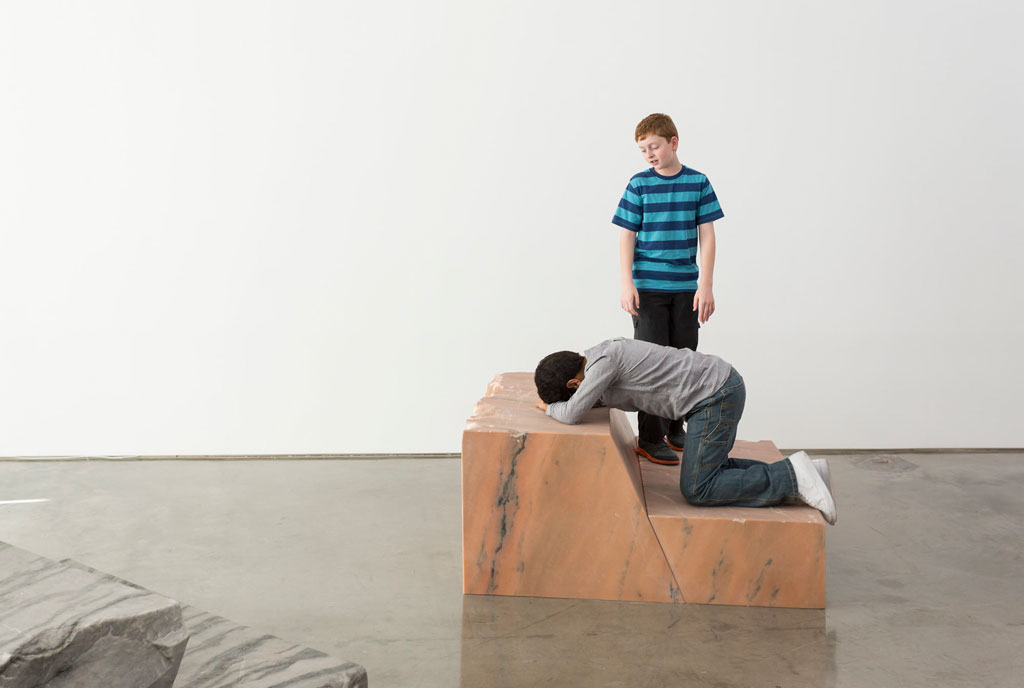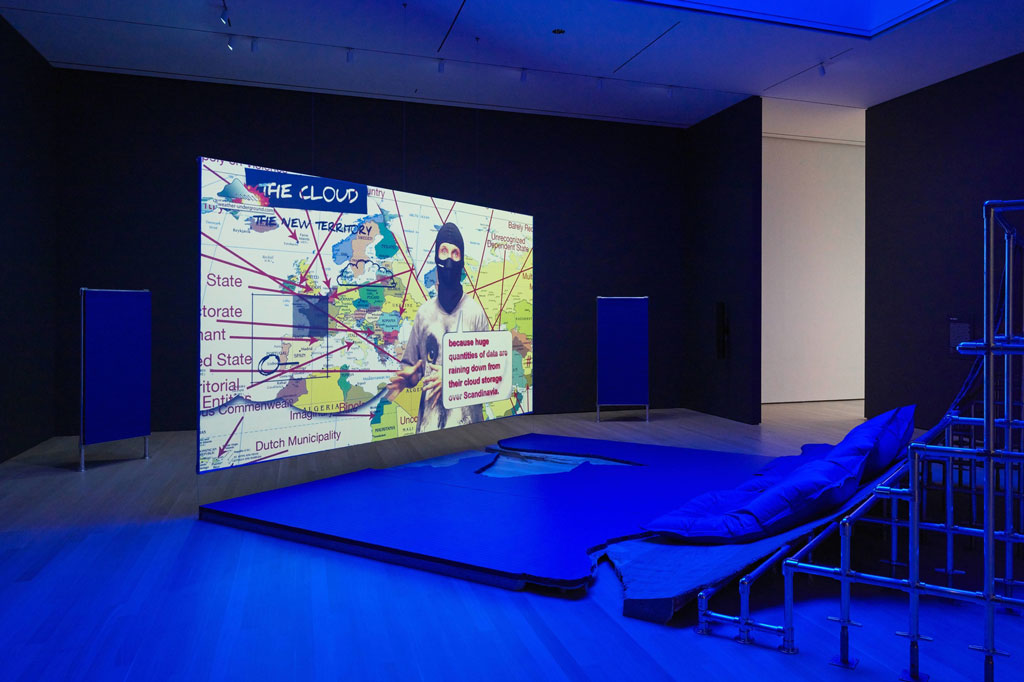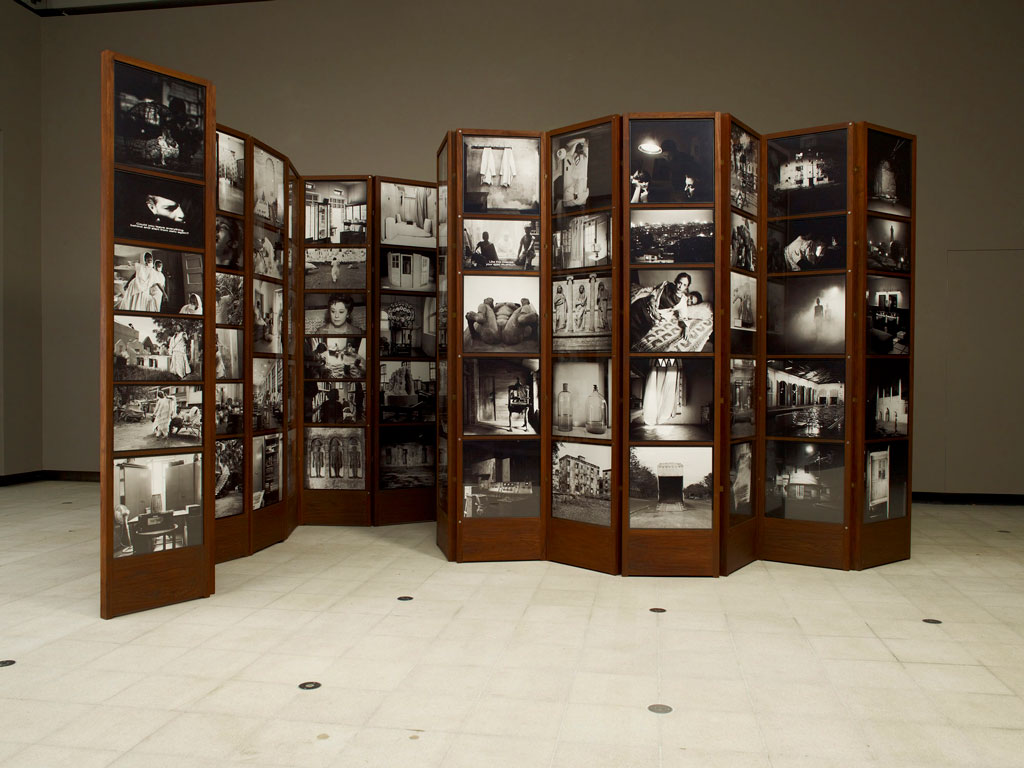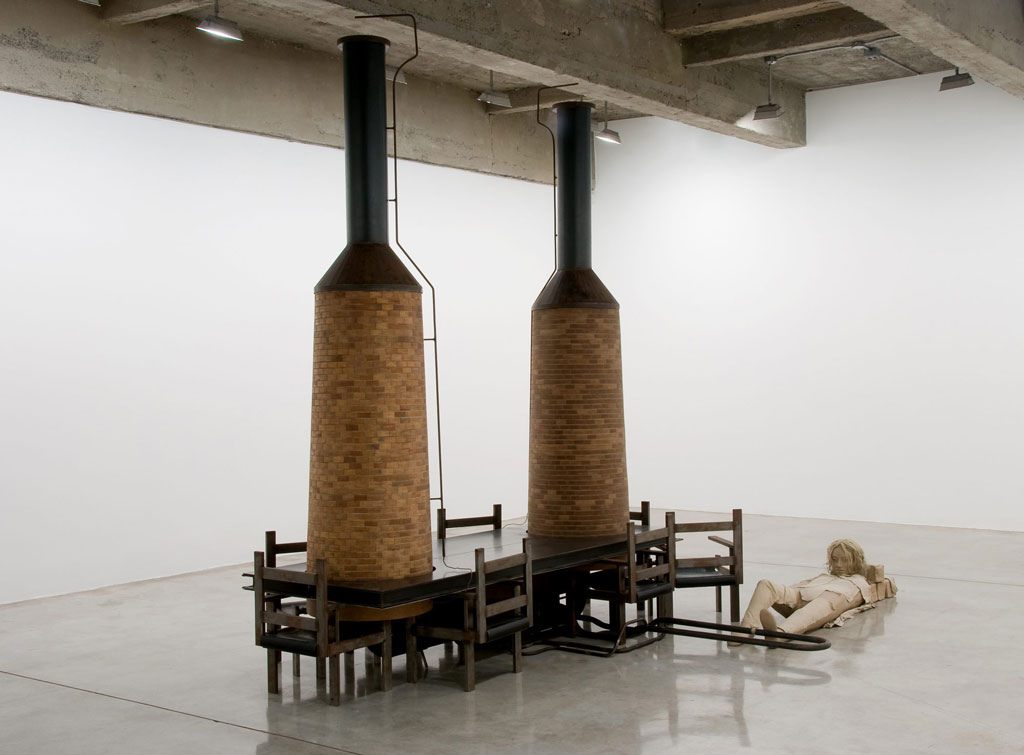ART CITIES:N.York-Surrounds:11 Installations
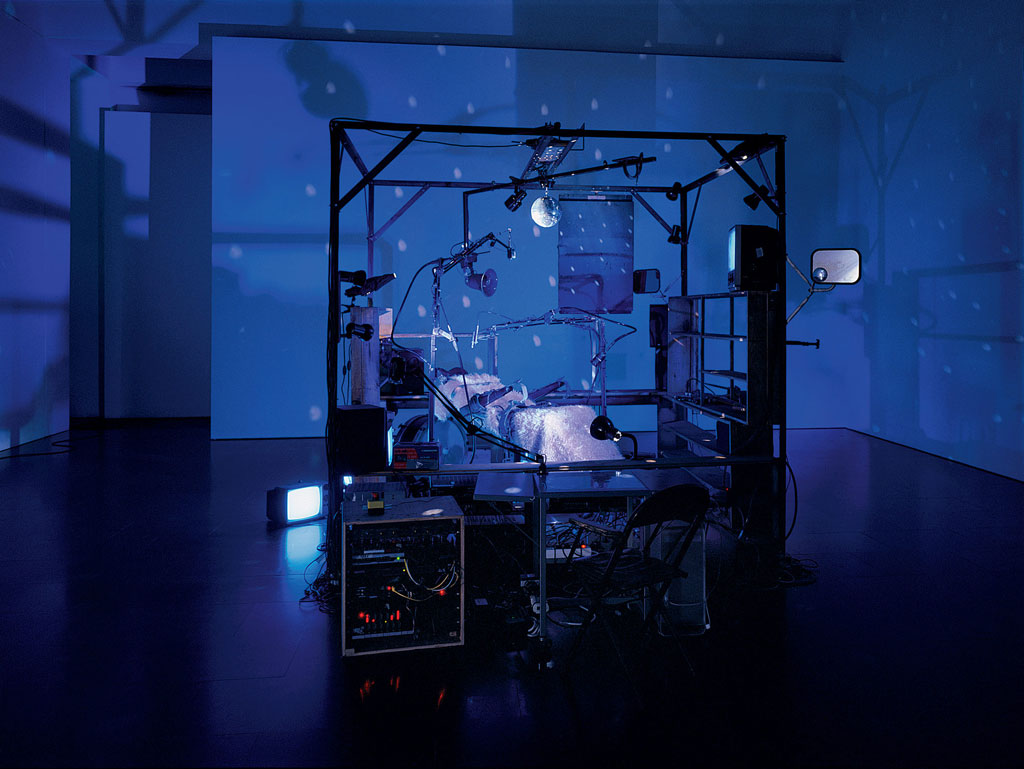 The exhibition “Surrounds: 11 Installations” spanning the entire MoMA’s 6th floor, presenting 11 watershed installations by living artists from the past two decades, all drawn from the Museum’s collection and on view at MoMA for the first time. Each installation occupies its own gallery, providing an individualized, immersive experience.
The exhibition “Surrounds: 11 Installations” spanning the entire MoMA’s 6th floor, presenting 11 watershed installations by living artists from the past two decades, all drawn from the Museum’s collection and on view at MoMA for the first time. Each installation occupies its own gallery, providing an individualized, immersive experience.
By Efi Michalarou
Photo: MoMA Archive
Each work included in the exhibition “Surrounds: 11 Installations” was conceived out of different individual circumstances (as a contribution to a biennial, as an element of a larger ongoing body of work, as a response to a classic work of art history, or as a stand-alone work unrelated to others) but the installations are united in their ambition and scope, marking decisive shifts in the careers of their makers and the broader field of contemporary art. The exhibition includes works by: Allora & Calzadilla, Sadie Benning, Janet Cardiff and George Bures Miller, Sou Fujimoto, Sheila Hicks, Arthur Jafa, Mark Manders, Rivane Neuenschwander, Dayanita Singh, Hito Steyerl, and Sarah Sze. Inspired by the histories of structures she has encountered during her travels throughout the world, Sheila Hicks has long pursued the subtleties of pairing the design of fiber objects with the environments that contain them, in this case, the museum building. For the artist, fabric is a universal language: she has said, “In all of the cultures of the world, textile is a crucial and essential component. . . . There’s a level of familiarity that immediately breaks down any prejudice”. Designed to span from floor to ceiling of any space in which it is installed, “Pillar of Inquiry/Supple Column” (2013-14) redefines the surrounding architecture. In 2013, Dayanita Singh developed her “museum” form: hinged, foldable wooden structures that combine the functions of display, archiving, and storage. The individual photographs can be arranged and rearranged within the structures, which she has referred to as “photo-architecture” or hung directly on adjacent walls in the accompanying wooden boxes. In each new sequence, relationships develop across the images, whether through association or through serendipity, and narratives emerge. The connecting thread of the work is chance. Including over 160 images spanning three decades of Singh’s career, “Museum of Chance” (2013) poses virtually infinite possibilities for presentation and storytelling, suggesting that photography is not only about taking images but also, perhaps more profoundly, about editing them. Described by Mark Manders as self-portrait as a building, “Room with Chairs and Factory” (2002-08) is part of Manders’s ongoing exploration of self through architecture. This installation portrays a suspended moment, a kind of snapshot of the artist’s studio midway through the creation process. Hito Steyerl’s “Liquidity Inc.” (2014) is a multilayered portrait of Jacob Wood, a financial analyst who lost his job in the economic crash of 2008 and became a career mixed-martial-arts fighter. Wood’s story unfolds through real and virtual worlds that are made to overlap, combining conventions of documentary film with Internet syntax, hashtags, GIFs, and memes. With its computer-generated waves and news footage of hurricanes and tsunamis, the work uses water and extreme weather as metaphors for the fluidity of financial assets and digital information, and for a collective sense of instability. Conflating terms from meteorology, geopolitics, and digital culture, masked forecasters wryly suggest that weather patterns are determined by our own emotional states. Visitors are invited to sit on the architectural structure, lined with judo mats, which the artist has compared to a raft wrecked by a raging storm. Rivane Neuenschwander’s “Work of Days” (1998) is made from hundreds of transparent adhesive contact sheets covering the floor and walls of a room, rendering the space a massive dust trap. Neuenschwander is particularly interested in dust’s association with death; as she has noted, her work suggests “a wish to understand the fragility of life, the finite nature of things, our impermanence in the world; or the simple observation of the passing of time”. The artist begins by allowing dust to collect on the sheets in her studio, then transports them to the exhibition space. Over time, visitors unwittingly add to the dust and debris; we cannot enter without leaving evidence of our presence. In “Fault Lines” (2013) by Allora & Calzadilla, two boy sopranos perform a duet amid low-slung sculptures made from stones that function as choral risers. In the span of fifteen minutes, the boys hurl adversarial language at each other culled from literary sources ranging from Cicero to Shakespeare. The beauty of the music, arranged by composer Guarionex Morales-Matos, disguises the verbal forms of conflict, which evoke the tone of much political discourse today. The work’s title plays up the multiple meanings of such opposition: a fault line is a geological fracture where the movement of masses of rock has displaced parts of the earth’s crust. Here, it alludes to the tension between geological time and the brief period when the boys’ singing can reach a high pitch before their voices break, as well as the breakdown of social order.
Info: Curators: Quentin Bajac, Christian Rattemeyer, Yasmil Raymond, Sean Anderson, and Joshua Siegel, Curator, Assistant Curators: Hillary Reder, Taylor Walsh, Kelly Sidley, Michelle Kuo, Lucy Gallun, Erica Papernik-Shimizu and Arièle Dionne-Krosnick, MoMA (Museum of Modern Art, 11 West 53 Street, Manhattan, New York, Duration: 21/10/19-4/1/20, Days & Hours: Mon-Thu & Sat-Sun 10:00-17:30, Fri 10:00-21:00, www.moma.org
